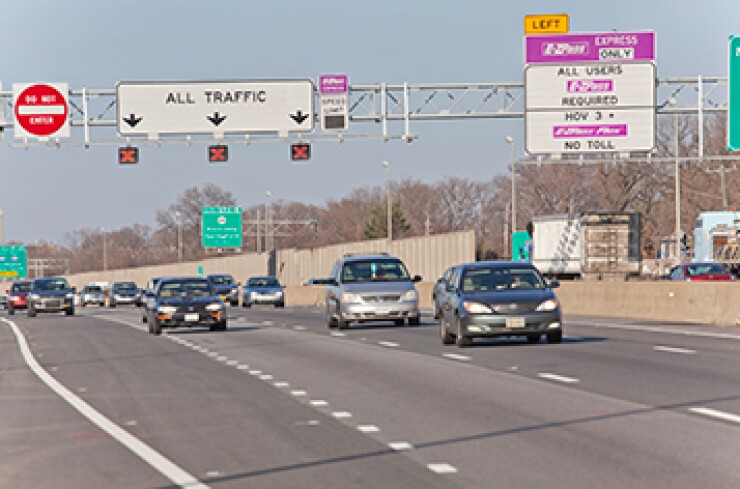
DALLAS -- The U.S. public-private partnership market is on track to be the largest in the world despite the slow growth so far of infrastructure P3s, Moody's Investors Service said in a report.
Positive developments for the sector include international pension and infrastructure funds that are eager to finance toll roads and other infrastructure projects combined with growing political and legislative support from the federal and local governments, the report said
Most P3s over the past 10 years have been transportation-related and often involved toll roads, but that is beginning to change, said Moody's senior analyst John Medina.
"The U.S. P3 project pipeline is starting to diversify away from traditional transportation projects to more social infrastructure projects," Medina said. "Universities are also expanding their use of P3s beyond privatized student housing to include other university facilities."
Development of the P3 marketplace has been fragmented due to the decentralized nature of government infrastructure procurement in the U.S., but over the past two years some states and the federal government have made policy changes aimed at improving the process, Medina said.
"Texas and Virginia, two states with relatively more established transportation P3 programs, passed legislation in 2015 that either refined the procurement process or created a new government department to promote the effective use of P3s," he said. "One drawback to these central P3 offices is that they lack funding authority."
The availability payment method of financing P3 projects, with regular and pre-determined payments to be made to the private partner based on how well the infrastructure is maintained and operating, is becoming more popular in the U.S., the report said. Moody's said last month that in most cases availability payments will be considered as part of an issuer's debt load.
Availability payments, which are popular in the U.K. and Canada, remove some of the private partner's risk associated with slow demand growth and unexpected swings in revenue from the asset, Medina said.
However, even the most optimistic projections recognize that P3s will be a small segment of the overall infrastructure funding system, he said.
"The 15 availability-payment P3 projects funded over the past seven years, including two refinancings, have a value of about $10 billion in the municipal infrastructure market that funds hundreds of billions of dollars of public infrastructure projects annually," Medina said.
State and governments issued a total of $403.77 billion of public debt in 2015, including $48.1 billion for transportation projects, according to Thomson Reuters.
"Still, four availability-payment P3 projects reached financial close in 2015, more than in any other year since the first availability P3 project in the U.S. reached financial close in 2009," Medina said.
The five-year Fixing America's Surface Transportation (FAST) Act provides a 15% increase in federal transportation funding for infrastructure projects, some of which could be procured using a P3 model, according to the Moody's report.
The FAST Act benefited the progress of P3s with the Build America Transportation Investment Center (BATIC) in the Transportation Department as a place where governments and investors could share information on proposed P3 projects, Medina said.
"BATIC has long-term potential to expand on existing Federal Highway Administration resources and to help new states use P3s when appropriate," he said.
P3s will become more prevalent because current transportation funding is inadequate, said Doug Koelemay, director of Virginia's Office of Public-Private Partnerships.
State and local governments cut transportation and water infrastructure funding by 5% from 2003 to 2014 as federal infrastructure funding fell by 19%, he said.
"The needs of basic infrastructure operations, maintenance, repair and construction are growing faster than our tax and debt capacity," Koelemay said.





